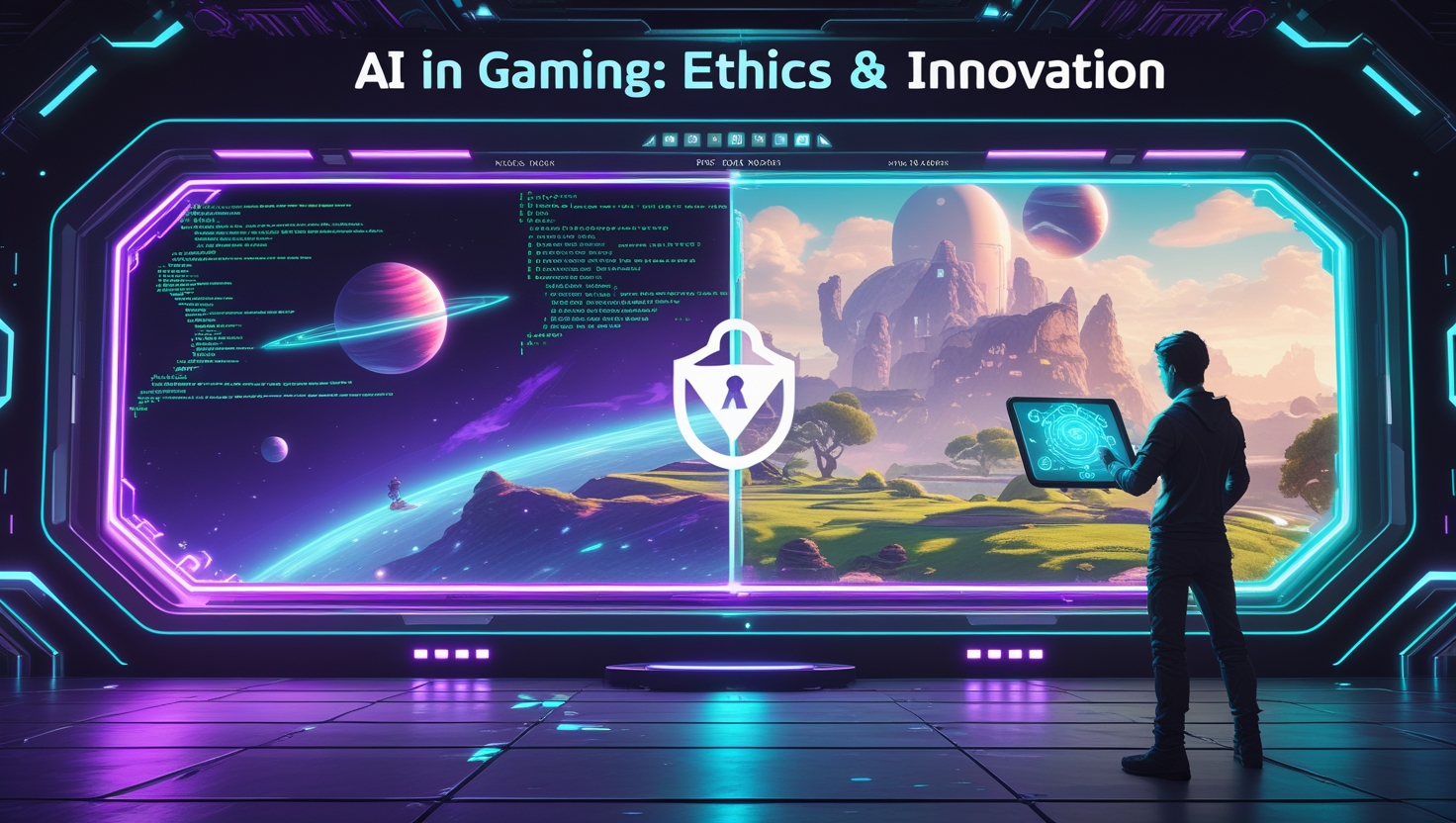
In 2008, an enigmatic figure named Satoshi Nakamoto unleashed Bitcoin upon the world, a decentralized digital currency designed to operate without trust in central authorities. Its promise of trustlessness—secured by cryptography, a fixed 21 million coin supply, and proof-of-work—sparked a financial revolution. As we gaze toward 2129, the 100th anniversary of Bitcoin’s whitepaper, we ask: can Bitcoin preserve its trustless core in a future shaped by quantum leaps, regulatory battles, and cultural shifts?
“Bitcoin’s power lies in its ability to replace trust with truth. Its survival depends on whether we guard that truth.”
— Satoshi Nakamoto
The Quantum Challenge
By 2129, quantum computing could pose an existential threat to Bitcoin’s cryptographic foundations. Algorithms like ECDSA, which secure private keys, may become vulnerable to quantum attacks. A 2050s breakthrough in quantum supremacy could expose wallets, undermining the trustless network. Yet, hope lies in post-quantum cryptography. Lattice-based signatures and other quantum-resistant protocols are already in development. By 2060, Bitcoin could adopt these upgrades, preserving its security.
Transitioning a global, decentralized network to new cryptography is no small feat. Consensus disputes, as seen in past forks like Bitcoin Cash, could fracture the community. If centralized solutions emerge to expedite the shift, Bitcoin’s trustless ethos might erode.
“By 2100, Bitcoin will either be quantum-proof or a relic. The community’s adaptability will decide.”
— Dr. Aria Voss, Fictional Crypto-Historian (2075)
Scalability and the Centralization Trap
Bitcoin’s scalability remains a hurdle. The Lightning Network, a second-layer solution, enables fast, low-cost transactions. By 2129, it could process quadrillions of transactions annually, powering global commerce. However, large Lightning hubs might resemble banks, centralizing transaction flows. Similarly, institutional custody—spurred by 2025’s ETF boom, with Bitcoin hitting $103,332—could see firms like BlackRock holding vast BTC reserves, tempting users to sacrifice self-custody for convenience.
A trustless Bitcoin demands decentralized scaling. Innovations like Taproot (2021) and future protocols could enhance privacy and efficiency, but only if users prioritize running nodes and holding their keys. Otherwise, Bitcoin risks becoming a shadow of its original vision.

Regulation vs. Freedom
Governments have oscillated between embracing and opposing Bitcoin. By 2129, some nations may fully integrate it as legal tender, following El Salvador’s 2021 lead. In contrast, authoritarian regimes could enforce strict regulations, pushing Bitcoin into centralized frameworks. Privacy tools like CoinJoin and Schnorr signatures will be critical to maintaining user autonomy.
Bitcoin’s trustless ideal thrives in adversity. A 2080s global economic crisis could accelerate adoption, as citizens seek alternatives to fiat. Yet, widespread adoption might invite oversight, challenging Bitcoin’s permissionless nature.
A Cultural Revolution
Beyond technology, Bitcoin is a cultural force. By 2129, it could inspire decentralized governance, with DAOs managing resources or even nations. Its fixed supply, fully mined by 2140, ensures scarcity but raises concerns about miner incentives. High transaction fees could exclude smaller users, threatening inclusivity—a core tenet of trustlessness.
Bitcoin’s legacy depends on its community. Open-source developers, miners, and hodlers must uphold Satoshi’s vision against profit-driven dilution. If Bitcoin remains a tool for empowerment, it could redefine society itself.
The Road to 2129
Bitcoin’s path to 2129 is fraught with challenges: quantum threats, scalability dilemmas, regulatory pressures, and cultural shifts. Yet, its resilience—evident in 2025’s $100,000+ surge amid institutional adoption—suggests a robust future. With quantum-resistant upgrades, decentralized scaling, and a steadfast community, Bitcoin could remain trustless, a beacon of financial sovereignty.
Will Bitcoin fulfill Satoshi’s vision by 2129? Only time will tell, but its journey will shape the future of money and power. Stay informed and engaged—check Bitcoin’s value today to see its pulse in real-time.
Bitcoin’s power lies in its ability to replace trust with truth. Its survival depends on whether we guard that truth. – Satoshi Nakamoto
Tweet


































